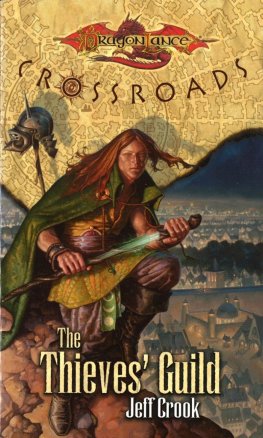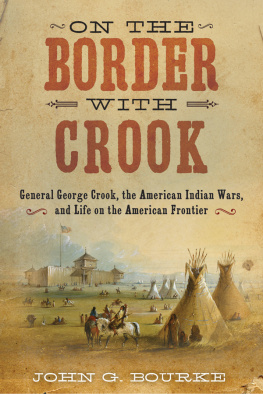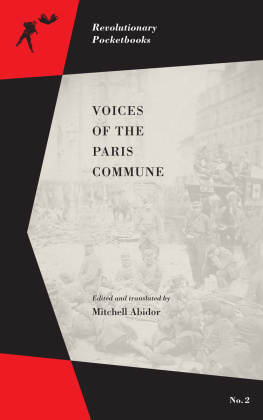First published in 1966 by
Routledge and Kegan Paul Ltd
This edition published in the Taylor & Francis e-Library, 2003.
1966 Isabel and David Crook
All rights reserved. No part of this book may be reprinted or reproduced or utilized in any form or by any electronic, mechanical, or other means, now known or hereafter invented, including photocopying and recording, or in any information storage or retrieval system, without permission in writing from the publishers.
The publishers have made every effort to contact authors/copyright holders of the works reprinted in The International Library of Sociology. This has not been possible in every case, however, and we would welcome correspondence from those individuals/companies we have been unable to trace.
British Library Cataloguing in Publication Data
A CIP catalogue record for this book is available from the British Library
ISBN 0-203-00022-6 Master e-book ISBN
ISBN 0-203-19343-1 (Adobe eReader Format)
The First Years of Yangyi Commune
ISBN 0-415-17626-3
Class, Race and Social Structure: 21 Volumes
ISBN 0-415-17826-6
The International Library of Sociology: 274 Volumes
ISBN 0-415-17838-X (Print Edition)
TABLES
APPROXIMATE EQUIVALENTS
1
mu =

of an acre or

of a hectare
1
jin =11 lbs or

a kilogram
1
yuan =3/- or 43

.
ILLUSTRATIONS
PROLOGUE
OVER a fifth of mankind live in peoples communes. To turn a blind eye to such a social organism is to deny a primary fact of twentiethcentury life. For the commune, whether one likes it or not, has taken root and flourishes. Despite the doubts of some friends and the fears and obstructions of enemies its influence is spreading and will spread further in the course of the present decade.
It would be pretentious for two individuals like ourselves to attempt an overall appraisal of so vast and significant a subject. That is one reason why our study is strictly limited as to time and place. It deals with the first two years of one commune. But despite the variety, flexibility and adaptation to local conditions which characterize Chinas tens of thousands of communes, we cannot claim that it is unique any more than that it is typical.
Our first acquaintance with what is now Yangyi Commune was made before communes existed. That was in 194748, during the civil war against Chiang Kai-sheks Kuomintang, when we lived for eight months in Ten Mile Inn, a village in the communist-led Liberated Areas. and observed a campaign which completed the land reform.
The Chinese revolution was then at a turning point. Within a year its leaders had left their mountain strongholds for Peking, and the centre of gravity of the revolution had shifted from the countryside to the cities. We too followed in its wake. For the next ten years or so we studied events in the countryside both from Peking (where we were teaching) and during visits to various parts of China. In the summers of 1959 and 1960 we returned to Ten Mile Inn. It is mainly on material gathered during these two visits that this book is based.
Even by the first of these visits, Ten Mile Inn was already a brigade of Yangyi Commune.
Yangyi is in Shexian, the southernmost county of Hopei Province, in the dry and rugged Taihang Range. It is about 275 miles south-west of Peking and 600 north-west of Shanghai. Yet it is neither geographically nor historically remote, for such areas as this were at the very hub of Chinas revolution from almost the end of the thirties until the Peoples Republic was set up in 1949. Even today mention of the Taihang Mountains recalls the epic era of the old revolutionary bases, from which the Communist-led forces emerged to drive out first the Japanese and later the Kuomintang armies from the whole of mainland China.
In the area which now forms the Yangyi Peoples Commune the first Communist Party Branch was set up in 1938. Soon over a thousand local peasants had joined the 8th Route Army and over twelve thousand were in the militia. In 1943 combined army and militia forces fought a battle at Yangyi, inflicting 1,300 casualties on the Japanese and their Chinese puppet troops. Later these same forces fought Chiang Kai-sheks American-armed troops in the civil war which ended with the setting-up of the Chinese Peoples Republic in 1949.
Veteran guerilla fighters of the thirties and forties play a leading role in Yangyi Commune today; and boys who then smuggled messages through the enemy lines or guarded the gates of their villages armed with red-tasselled spears have become secretaries of Communist Party branches or leaders of brigades.
The commune area, shaped like a willow leaf, is thirty-three miles by ten and runs north-west to south-east across Shexian county, along the generally dry Min River. As it approaches Yangyi townlet the valley broadens out and from then on, to its south-east end, the commune land is broad, flat valley bottom. But towards the northwest the valley grows narrower and narrower, the mountains steeper and higher, till at the very tip they rise to the ridges of the Taihang range which separates Hopei from Shansi Province.
Here, cleft from the crags lies the most inaccessible village of the commune, Lianggou. From the late thirties and throughout the war against Japan this inaccessibility was a vital asset, for Lianggou housed an 8th Route Army arsenal. Here, in rock-hewn caves and thatched farm buildings of sun-baked mud, gunpowder was made, and hand-grenades, land-mines and even primitive rifles and mortars were turned out. Three times the imperial Japanese forces fought their way up the Min River valley, harried by guerrillas thrusting at them from the ravines which branch from the bed of the river like the veins of a leaf from its stem. Once, the invaders got within a mile of the village. Then they were driven back. One good man and a machinegun could hold that pass against an army, declared a guerrilla veteran. Yet in the end the Japanese did penetrate Lianggou. A landlord guided them on a wide detour to the western side of the mountain range and showed them where ropes could be lowered over the face of the cliff. Taking the defenders unexpectedly in the rear they gained control of the arsenal. The Japanese held Lianggou for twenty days before they withdrew. They demolished all they could, but their retreat was hardly completed before the arsenal was working once more.





 of an acre or
of an acre or  of a hectare
of a hectare a kilogram
a kilogram .
.












